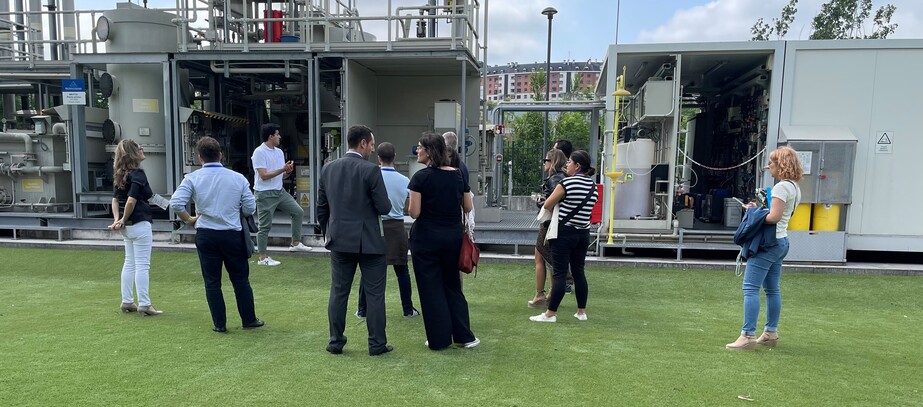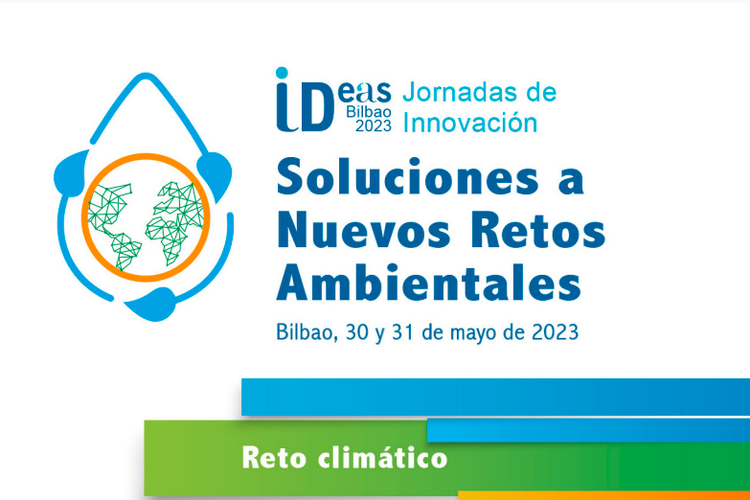On 30 and 31 May, the IDEAS 2023 Conference was held in Bilbao under the slogan “Solutions for new environmental challenges”, organised by the Spanish Association of Water Supply and Sanitation (AEAS) and hosted by the Consorcio de Aguas Bilbao Bizkaia (CABB). This meeting, promoted by the AEAS R&D&I cross-cutting group, brought together more than 200 experts and aims to explore how the most innovative water cycle organisations are facing environmental challenges such as the climate challenge, the circular economy or energy.
The CATABB – Aquambiente/Gaiker joint venture took part in the conference with two presentations in the section on Strategies to tackle climate change.
In the first session entitled “What do we do now? Strategies in the face of climate change”,The first of the presentations, entitled Strategies against climate change in water supply and implications of the new R.D. 3/2023, was presented. This presentation illustrated how the CABB has enabled in a few years an alternative source of supply for the Venta Alta DWTP, through research projects carried out in the CATABB. In this link you can access the recording of the presentation.
In the session “We adapt. Solutions for adapting to climate change”, the paper entitled “Actions aimed at sustainability and circular economy within the drinking water treatment process” was presented. In this case, a study has been carried out for more than six months evaluating different types of coagulants and flocculants in order to optimise these processes. This optimisation contributes to the circular economy by reducing the consumption of reagents (coagulants and flocculants), as well as resources (water and energy) by reducing the number of backwashes in sand filters. This study is currently being deepened and extended. In this link you can access the recording of the presentation.

CATABB’s participation was completed with the technical visit to the facilities where the Etxebarri storm tank and the Etxebarri pumping station were also visited. During this visit, the attendees were able to learn first-hand about the origin of the Pilot plant and its development over the last few years until it became the CATABB. During the visit, all the drinking water treatment technology available was presented, as well as the instrumentation and laboratory equipment.


